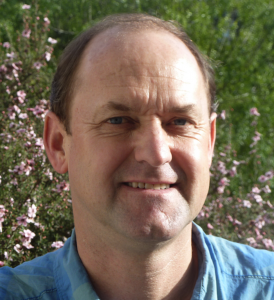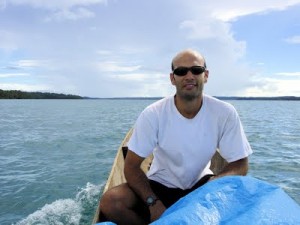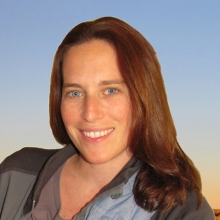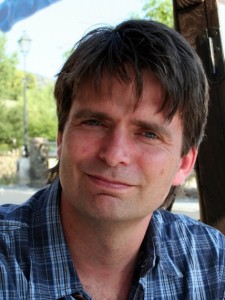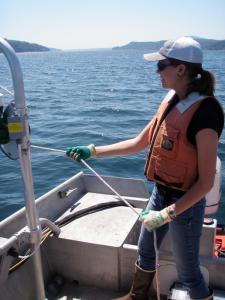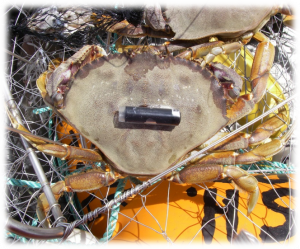Climate change is expected to profoundly impact terrestrial vegetation, and the mechanisms, rate and extent of change will influence biodiversity conservation and the ecological functions of natural ecosystems. The San Francisco Bay Area has steep climate gradients and rugged topography, supporting a wide range of natural habitats. Using a novel application of multinomial logistic regression, we have modeled the projected impacts of climate change on Bay Area vegetation. Model projections are evaluated over a wide range of possible future climates, allowing us to evaluate sensitivity of vegetation to changing climate, without choosing specific future climate scenarios. Sensitivity is highly variable across the Bay Area. Perhaps surprisingly, sensitivity to climate change is modeled to be greater on north-facing slopes and cooler locations. The model projections are best interpreted as the long-term equilibrium response to a particular degree of climate change, but they do not provide insight into how fast this equilibrium will be achieved or the transient states that may occur in response to rapid climate change. We combine model results with a discussion of the ecological mechanisms of vegetation change to better understand the challenges raised by disequilibrium dynamics and the implications for conservation biology in coming decades.
Dr. David D. Ackerly
Professor,
Department of Integrative Biology
University of California, Berkeley
(www.ackerlylab.org)

